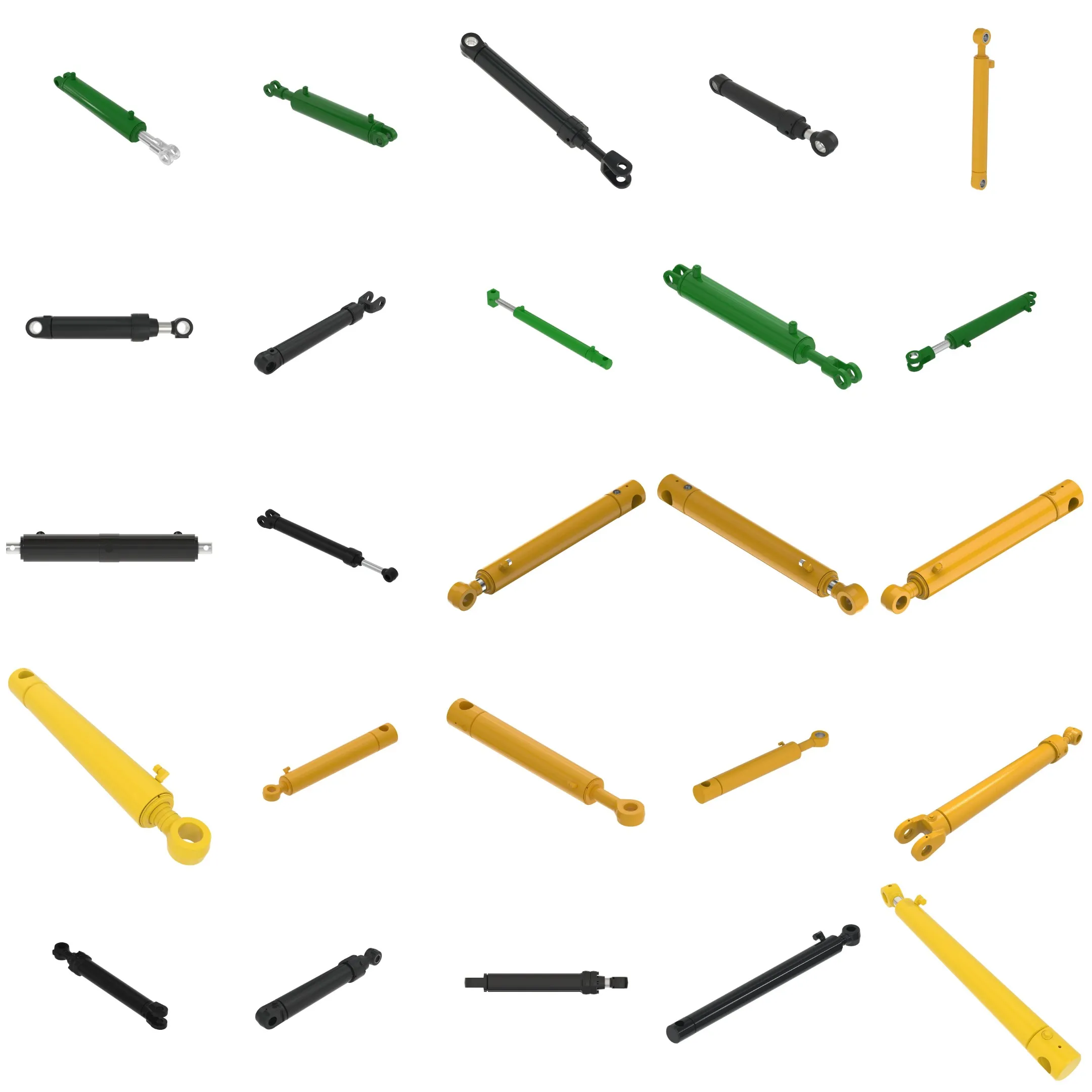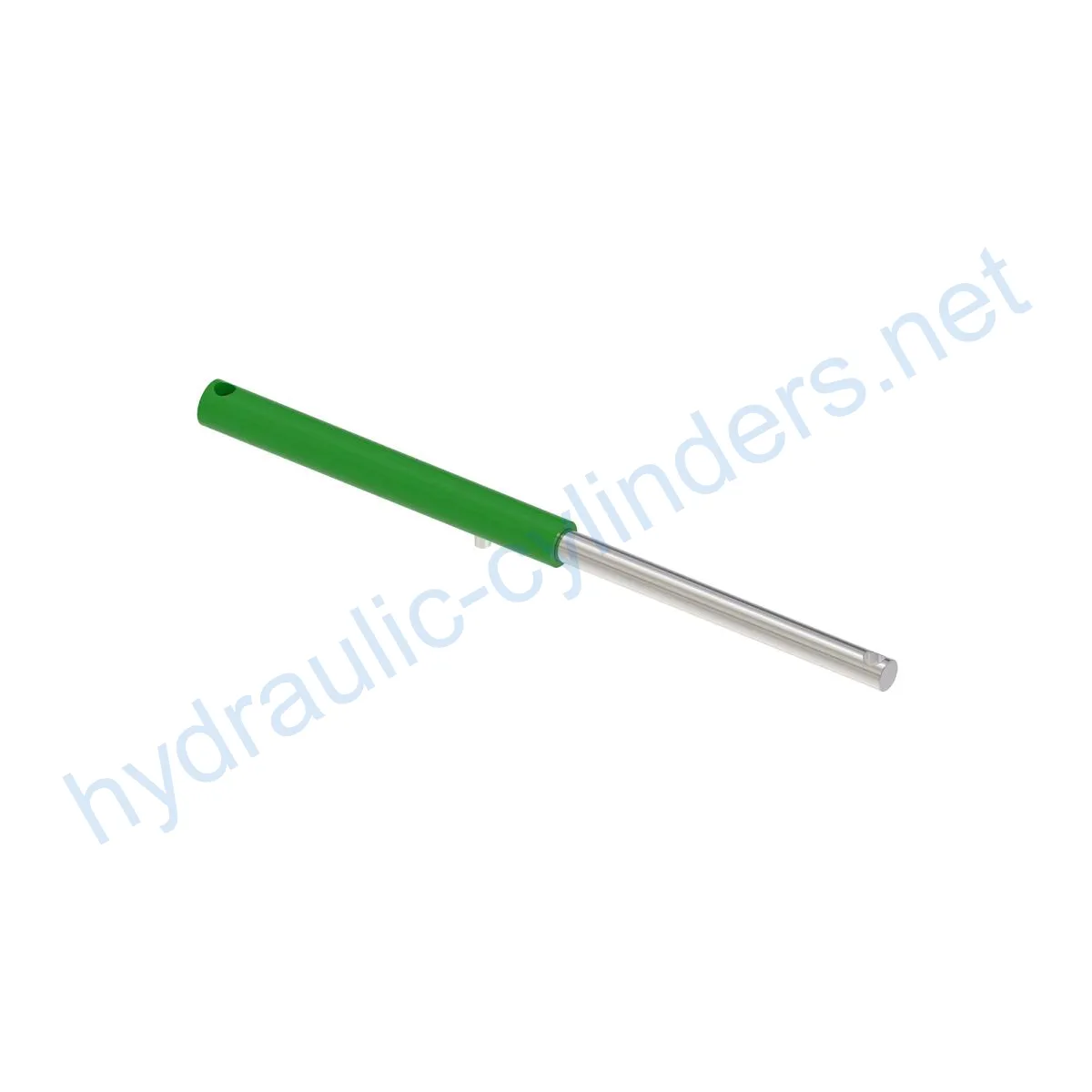Replacement Of AN305987 Hydraulic Cylinder
Kot eden od proizvajalcev, dobaviteljev in izvoznikov hidravličnih cilindrov ponujamo hidravlične cilindre in številne druge izdelke.
Za podrobnosti se obrnite na nas.
Pošta:sales@hydraulic-cylinders.net
Proizvajalec, dobavitelj in izvoznik hidravličnih cilindrov.
Replacement Of AN305987 Hydraulic Cylinder
Introduction:
The Replacement Of AN305987 Hydraulic Cylinder is a vital component used in various industrial applications. It serves the purpose of providing hydraulic power to different machinery and equipment, enabling them to perform specific tasks efficiently.
Specifications and Model:
Specifications:
- Weight: 43.42 lb
- Height: 3 in
- Width: 4 in
- Length: 38.4 in
Model: 4630 R4023
Features:
1. Improved Equipment Performance
Replacing damaged or worn-out hydraulic cylinders can restore the normal operational capability of equipment, ensuring optimal performance across various applications.
2. Enhanced Safety
Regularly replacing hydraulic cylinders reduces the risk of safety hazards caused by cylinder failures, ensuring the safety of operators and equipment.
3. Overload Protection
New cylinder designs often consider better overload protection mechanisms, enhancing overall safety.
4. Quick Installation
Modern hydraulic cylinders are designed for easy installation and replacement, minimizing downtime.
5. Standardized Components
Many hydraulic cylinders are standardized products, allowing for easy access to replacement parts in the market.
We, as a manufacturer, can produce this product perfectly replacing the existing hydraulic cylinders.
Applications:
The Replacement Of AN305987 Hydraulic Cylinder finds its applications in various industries, including but not limited to:
Excavators
In excavators, hydraulic cylinders in the boom or bucket may get damaged due to prolonged usage or overload. Replacing them is necessary to restore normal operation.
Cranes
The hydraulic cylinders in crane booms are susceptible to wear and tear due to frequent lifting and lowering. Regular replacement is required to ensure safety.
Tractors
The front-end loader hydraulic cylinders in tractors may experience leaks or performance degradation during continuous lifting and tilting operations, necessitating replacement.
Harvesters
During the harvesting process, hydraulic systems endure high pressure, and cylinders may fatigue and become damaged. Timely replacement is essential to maintain work efficiency.
Automated Production Lines
Hydraulic cylinders are used to control robotic arms and other automated equipment. Failure of cylinders can significantly impact production efficiency, requiring immediate replacement.
Die Casting Machines
In high-pressure and high-temperature environments, hydraulic cylinders in die casting machines may experience performance degradation. Regular replacement ensures product quality.
Mining Equipment
Hydraulic cylinders in mining equipment are used for lifting and moving heavy loads. Due to harsh working conditions, regular inspection and replacement are necessary to avoid equipment failure.
Bulldozers
Wear of hydraulic cylinders on bulldozer blades can result in decreased pushing ability. Timely replacement is required to maintain operational efficiency.
Maintenance Tasks:
Regular maintenance is essential to ensure the longevity and proper functioning of the Replacement Of AN305987 Hydraulic Cylinder. The following tasks should be performed:
1. Regular Inspections
Periodic inspections help identify any signs of wear, leaks, or other issues that may require attention.
2. Proper Lubrication
Appropriate lubrication of the cylinder’s moving parts is crucial to minimize friction and ensure smooth operation.
3. Seal Replacement and Calibration Check
Regularly replacing worn-out seals and performing calibration checks ensures optimal performance and prevents leaks.
Safety Considerations and Environmental Factors:
When working with hydraulic cylinders, observing safety measures is of utmost importance. Proper handling and maintenance can minimize the risk of accidents and environmental damage. It is crucial to adhere to safety guidelines when using hydraulic cylinders to prevent injuries and protect the environment.
Failure Diagnosis and Common Problems:
Failure diagnosis and addressing common problems related to hydraulic cylinders are essential for efficient troubleshooting. Here are some common issues:
1. Cylinder Leakage
Cylinder leakage can occur due to worn seals or damaged components. Identifying the source of leakage and replacing the faulty parts is necessary.
2. Insufficient or Slow Operation
If the hydraulic cylinder fails to provide sufficient force or moves slowly, it may indicate a problem with the hydraulic system, such as low fluid levels or a faulty pump.
3. Abnormal Noise or Vibration
Unusual noise or excessive vibration during cylinder operation may be indicative of misalignment, worn-out components, or a lack of proper lubrication.
4. Cylinder Drift
Cylinder drift, where the cylinder moves unintentionally, can occur due to internal leakage or improper valve settings. Proper adjustments or component replacements are required to resolve this issue.
Troubleshooting and Preventive Measures:
To effectively diagnose and resolve hydraulic cylinder issues, consider the following troubleshooting tips and preventive measures:
1. Inspection and Maintenance Schedule
Establish a regular inspection and maintenance schedule to detect potential problems early and prevent major failures.
2. Correct Installation and Alignment
Ensure proper installation and alignment of the hydraulic cylinder according to the manufacturer’s guidelines. This prevents unnecessary stress and premature wear.
3. Lubrication and Adjustment Techniques
Use appropriate lubrication methods and ensure proper adjustment of hydraulic system components to optimize performance and extend the lifespan of the cylinder.

Design Considerations and Selection Criteria:
When considering the design and selection of hydraulic cylinders, several factors should be taken into account:
1. Load-Bearing Capacity
The hydraulic cylinder should be capable of handling the specific load requirements of the application without compromising performance.
2. Sealing and Durability
Choosing seals made of wear-resistant materials, such as polyurethane or nitrile rubber, ensures longevity and reliable sealing performance.
3. Safety and Maintenance
Designs that prioritize safety features and ease of maintenance contribute to the overall efficiency and reliability of the hydraulic cylinder.
Sealing and Lubrication:
The Replacement Of AN305987 Hydraulic Cylinder relies on various sealing and lubrication practices to ensure optimal performance:
– Different seals, such as piston seals and rod seals, are used, selecting suitable materials like polyurethane and nitrile rubber for their wear-resistant properties.
– The cylinder body and threaded ends undergo meticulous surface treatments to improve wear resistance.
– Regular lubrication with the appropriate hydraulic oil ensures smooth operation and reduces friction within the cylinder.
Take a Tour of Our VR Factory:
Take a tour of our VR factory with the following
How Does Forklift Hydraulic Cylinder Work?
Hydraulic Cylinder Application:


